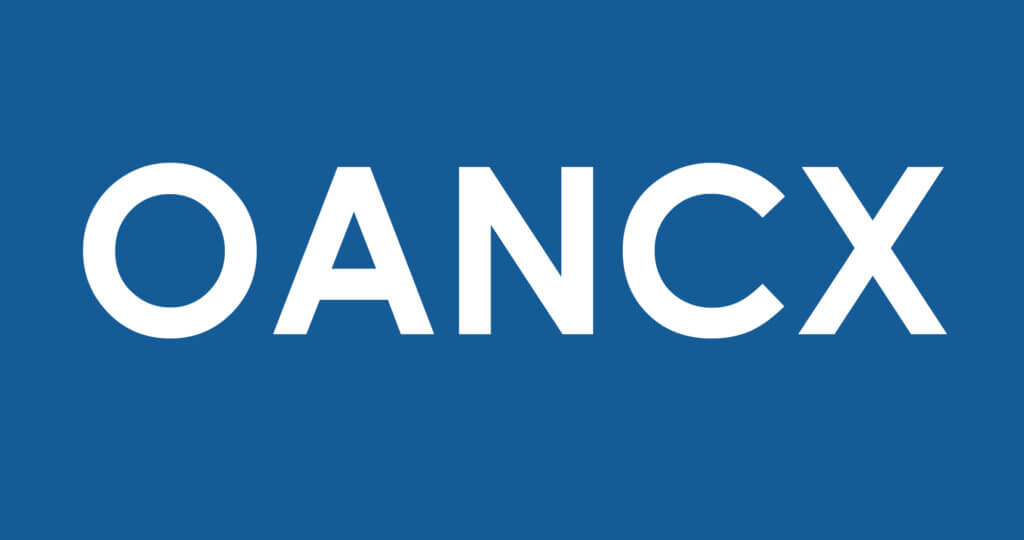Navigating the Summit: Steering Through the Height of a Rate Hike Cycle
The recent regional bank crisis serves as a powerful reminder of two critical realities: first, major rate-hiking cycles often reveal unexpected vulnerabilities before reaching their conclusion, and second, central bankers today face a historically difficult set of unique challenges. Despite a surge in optimism and rally in asset prices at the end of the past quarter, we must not overlook the persistence of these challenges.
As we find ourselves nearing the apex of one of the most significant hike cycles in modern financial history, central banks face the difficult decision between prioritizing price stability and ensuring financial stability. The current high inflation environment places greater limitations on policymakers compared to most other post-Volcker rate hike cycles, which were characterized by low inflation. This makes it increasingly challenging to determine how to protect financial markets. In a high inflation environment, insufficient rate hikes and premature rate reductions can set off spiraling prices, while excessive rate hikes and persistently high rates can produce unanticipated fractures, a credit crunch, and, ultimately, a recession. The recent run on regional bank deposits exemplifies the ramifications of the latter scenario. Even with the ongoing bank crisis, Federal Reserve Chairman Jerome Powell and his colleagues will likely remain focused on price stability in the near term to avoid historical notoriety as the only central banking group in more than 40 years to lose control over inflation. As a result, we may experience additional negative shocks before we emerge from the turbulence.
Nevertheless, the aggregate economic impact doesn’t have to be devastating. Numerous individual elements can falter without posing a collective systemic risk. Addressing financial market excesses and vulnerabilities one by one might not only be a tolerable function of financial tightening but also a healthy and desirable development. [We believe that with incremental regulation, the risk of a few more failures, and ultimately further consolidation, the banking industry could become one of these welcomed developments.] Furthermore, as detailed in our 2023 outlook, inflation might naturally recede without a major economic recession—a thesis that recent economic data supports.
The truth is no one knows precisely how events will unfold. As we have consistently underscored in our previous commentaries, we do not attempt to predict short-term outcomes from a wide array of economic events. Given today’s complex financial landscape and staggering day-to-day price fluctuations, it is essential to stay focused on long-term fundamentals. Although daily headlines may sway short-term prices, normalized corporate profits and cash flows will ultimately drive valuations over longer time horizons. With this in mind, let’s examine the key fundamental factors that could shape the financial markets and hopefully provide investors with some tools they can use to navigate this rate hike cycle.
We are impressed by the resilience of the fundamental data. As part of our bottom-up investment approach, we assess the lagged effects of monetary policy tightening through balance sheets, income statements, cash flow statements and discussions with management rather than focusing on technical charts, headlines or famous hedge fund managers’ tweets. Cash flow trends, labor decisions, CEO confidence and capital allocation plans currently show relatively mild negative effects of policy tightening. This resilience is reason to be positive. It’s important to recognize, however, that rapid policy changes can cause unexpected problems even when the most fundamental data implies the economy is on firm footing, as evidenced by recent issues in the banking sector. As such, we are closely monitoring how the banking crisis might affect lending and credit distribution. Loan volumes for real estate, businesses and credit card debt have already been influenced by higher interest rates, and these trends will likely be exacerbated by stricter lending standards as banks become increasingly conservative. The threat of government regulation is likely to increase these costs as well. Fixed income market participants are also in the process of recalibrating what they need to get for taking on bank bond risk given the recent events. When the Swiss National Bank announced its takeover of Credit Suisse, it indicated that Credit Suisse shareholders would receive payouts, but owners of Credit Suisse’s AT1 bonds would receive nothing. This upends the normal hierarchy of payouts during a takeover—that debt holders receive priority. In this case, however, Credit Suisse’s AT1 bonds had specific terms that allowed the regulators to write down the bonds to zero. This language is very rare, but this event along with the near-zero recovery outcomes for Silicon Valley Bank and Signature Bank preferred owners will likely cause investors to require more return in the more subordinated levels of bank capital structures – at least in the short to medium term – which would in turn increase future funding costs.
Outside of the banking crisis, we are monitoring risks to corporate profits and specifically to corporate margins. Business profit margins in our credit universe have been declining consistently over the past year, but they still are better than their historical averages. As pricing power continues to decrease and economic demand softens due to the lagged effects of higher interest rates, it’s more likely that these will revert to the mean or even through the mean, rather than remain elevated.
Despite increased risks, as we have talked about in the last few commentaries, corporate balance sheets outside of the banking system are robust compared to the end of past major hike cycles. Although it’s prudent to consider the possibility that the banking sector’s issues could spill over into the broader economy, recent economic data continues to display encouraging signs. In February, existing home sales significantly beat expectations, and unemployment claims declined from already low levels. The most recent data in March showed promising signs for inflation and continued resilience in labor markets. (Upon finalizing this publication, we note that the most recent ISM manufacturing and services data, which measures the U.S. economy’s production levels monthly, from the first week of April reveal a notable weakening. These data points will serve to counteract some of the resilient data observed in the first-quarter numbers.)
As we approach the peak of one of the most significant rate hike cycles in recent history, it’s vital to recognize the challenges central banks encounter in striking a balance between price and financial stability. The recent regional bank crisis underscores the likelihood that unanticipated vulnerabilities and risks could emerge during this period and threaten economic growth, especially if credit availability and lending costs are negatively impacted. On the other hand, key economic data and business fundamentals have demonstrated resilience, and while the banking system needs short-term solutions, addressing financial market excesses and vulnerabilities in a step-by-step manner could lead to a more robust and stable economy. By adopting a balanced perspective and focusing on long-term economic wellbeing, investors can effectively traverse the highs and lows of the financial landscape.
The securities mentioned above comprise the following percentages of the Oakmark Bond Fund’s total net assets as of 03/31/2023: Credit Suisse 0%. Portfolio holdings are subject to change without notice and are not intended as recommendations of individual stocks.
Access the full list of holdings for the Oakmark Bond Fund as of the most recent quarter-end.
The Oakmark Bond Fund invests primarily in a diversified portfolio of bonds and other fixed-income securities. These include, but are not limited to, investment grade corporate bonds; U.S. or non-U.S.-government and government-related obligations (such as, U.S. Treasury securities); below investment-grade corporate bonds; agency mortgage backed-securities; commercial mortgage- and asset-backed securities; senior loans (such as, leveraged loans, bank loans, covenant lite loans, and/or floating rate loans); assignments; restricted securities (e.g., Rule 144A securities); and other fixed and floating rate instruments. The Fund may invest up to 20% of its assets in equity securities, such as common stocks and preferred stocks. The Fund may also hold cash or short-term debt securities from time to time and for temporary defensive purposes.
Under normal market conditions, the Fund invests at least 25% of its assets in investment-grade fixed-income securities and may invest up to 35% of its assets in below investment-grade fixed-income securities (commonly known as “high-yield” or “junk bonds”).
Fixed income risks include interest-rate and credit risk. Typically, when interest rates rise, there is a corresponding decline in bond values. Credit risk refers to the possibility that the bond issuer will not be able to make principal and interest payments.
Bond values fluctuate in price so the value of your investment can go down depending on market conditions.
The information, data, analyses, and opinions presented herein (including current investment themes, the portfolio managers’ research and investment process, and portfolio characteristics) are for informational purposes only and represent the investments and views of the portfolio managers and Harris Associates L.P. as of the date written and are subject to change and may change based on market and other conditions and without notice. This content is not a recommendation of or an offer to buy or sell a security and is not warranted to be correct, complete or accurate.
Certain comments herein are based on current expectations and are considered “forward-looking statements”. These forward looking statements reflect assumptions and analyses made by the portfolio managers and Harris Associates L.P. based on their experience and perception of historical trends, current conditions, expected future developments, and other factors they believe are relevant. Actual future results are subject to a number of investment and other risks and may prove to be different from expectations. Readers are cautioned not to place undue reliance on the forward-looking statements.
All information provided is as of 03/31/2023 unless otherwise specified.






